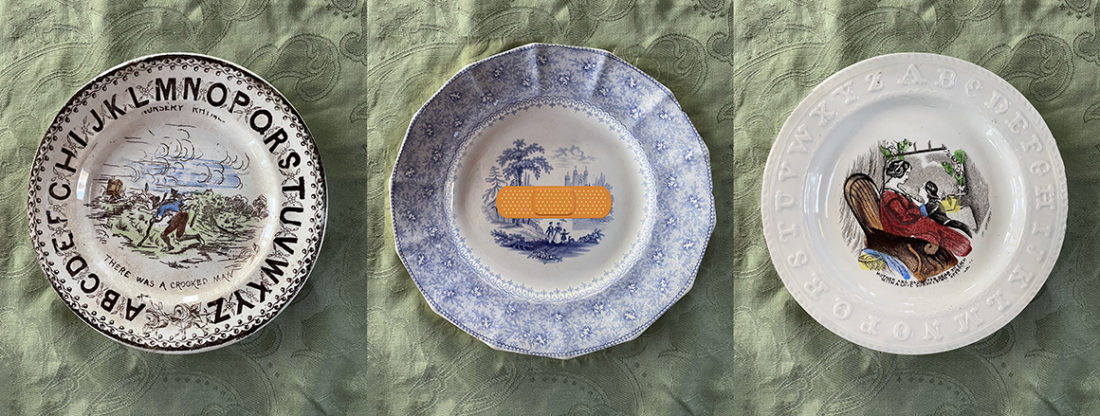Where Are We Now?
Recently I started thinking about how there’s never been a time in my life—which began in the mid-1950s—when there hasn’t been war somewhere in the world. I then Googled this question: Where is war ongoing in today’s world?
Wikipedia identifies fourteen different armed conflicts, including the obvious, Ukraine and Gaza, and the less obvious wars of the Mexican drug cartels and of Haitian gangs. The World Population Review identifies about thirty conflicts, with a color-coded map of each war, the Geneva Academy of International Humanitarian Law and Human Rights identifies forty-five. To these lists of politically, financially, and ethnically motivated wars, we may add the ideological war against academia, liberalism, and those deemed “woke” by right-wing politicians and the war against women, particularly those of child-bearing age, both now flourishing in the U.S.
I’ve long considered George Orwell’s Nineteen Eighty-Four (published in 1949), the most prescient novel ever written in English. In it he described human existence controlled by eternal war (War is Peace is a Party slogan), of existence in a state of constant surveillance, of populations controlled by expansive, totalitarian, governments, of pernicious rhetoric, of the constant, intentional breakdown of culture and spirit. “If you want a picture of the future,” says O’Brien, a character who personifies totalitarianism, “imagine a boot stamping on a human face—for ever.”
And here we are.
December 21, 2023
Selma Moss-Ward
Editor

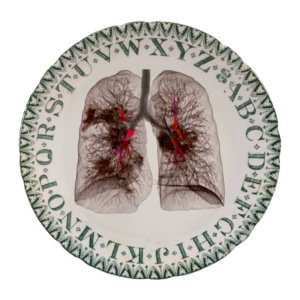
Air, or What Becomes of a Covid Long Hauler After Three Years and Still no Answers
Attention, if given, is perfunctory. This physician’s assistant, that nurse practitioner, not ever the doctor, pretend to listen, what can they know about something no one knows, without glancing at your grey face, they type endlessly into crispy flaked laptop
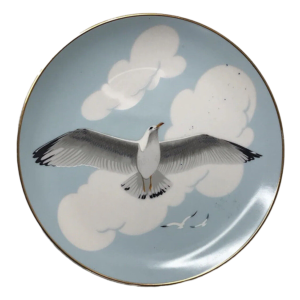
Goodwill 2022
It is two weeks past Christmas. I’m sitting in my Honda, one of at least thirty vehicles in a four-block long line inching toward a common destination: the big blue Goodwill bins. Cars swerve past us, and someone lays on
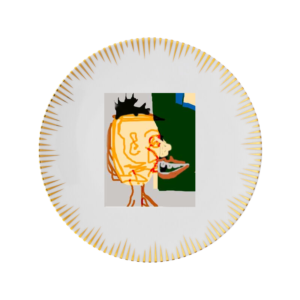
Carol Radsprecher
The daughter of a Holocaust survivor, Carol Radsprecher says, “a lot of my work is about suffering.” Trained as a painter, influenced by such diverse artists as Jenny Saville, William Kentridge, the German Expressionists, and Matisse, she painted mainly in

Bobby’s Eyes: Apartheid 1983
Bobby took in everything with those startling, blue eyes; he was only three and a half when we drove from Botswana to South Africa to see a Rugby game. My husband Jason had received word from the authorities that he
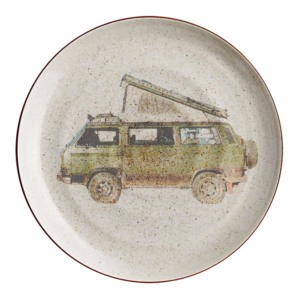
The Weight of Things
To smell of something other than sweat and body odor is an important social obligation. This doesn’t suit me very well, living as I do in a rusted-out VW in the middle of the Arizona desert. The VW is great
